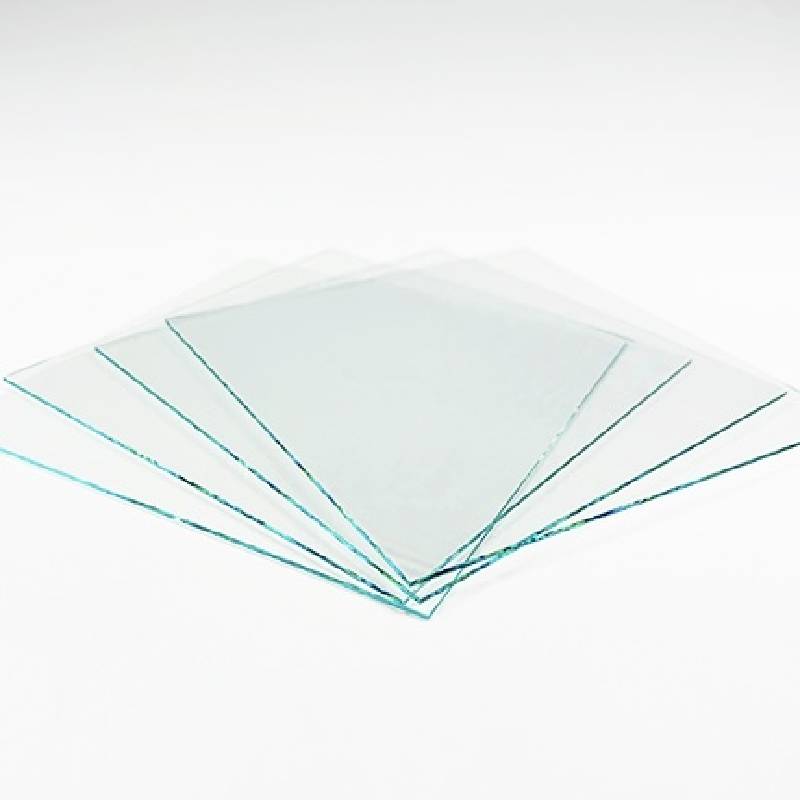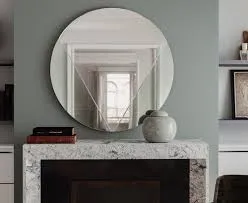Single pyrolytic low-E glass has revolutionized energy-efficient construction and design, emerging as a cornerstone in sustainable architecture. Rooted in cutting-edge technology, this glass type offers an exceptional blend of durability, thermal regulation, and aesthetic flexibility that sets it apart in the market.

Manufactured by depositing microscopically thin metallic coatings onto glass surfaces through pyrolytic processes, single pyrolytic low-E (low-emissivity) glass possesses unique properties. Unlike its sputter-coated counterparts, pyrolytic low-E glass is crafted during the production phase at high temperatures, resulting in an integral coating that bonds directly with the glass surface. This firmly bonded layer is not only durable but also resistant to scratching, making it a long-lasting solution for a variety of applications.
Users of single pyrolytic low-E glass frequently praise its thermal efficiency. The glass significantly reduces heat transfer between indoor and outdoor environments, mitigating energy loss through windows. This reduction in thermal transfer is paramount for maintaining consistent indoor temperatures, leading to decreased reliance on heating and cooling systems. Consequently, building owners and occupants enjoy substantial energy savings, reducing both utility costs and carbon footprints.

Moreover,
the clarity of single pyrolytic low-E glass is especially notable. Its aesthetic transparency does not compromise its insulating properties, allowing natural daylight to permeate interiors without the unwanted heat gain that typically accompanies sunlight. Architects and designers are particularly drawn to this feature, as it supports open, naturally lit spaces that align with contemporary design trends.
Industry experts often highlight the versatility of single pyrolytic low-E glass in various climates. Its robust design makes it an ideal choice for different environmental conditions, from the frigid north to sweltering tropical zones. Architects appreciate this adaptability, as it ensures consistent performance regardless of geographical location, providing a universal solution for diverse project needs.
single pyrolytic low e glass
The credibility and trustworthiness of this glass are further bolstered by third-party certifications and endorsements from industry authorities. Leading energy-efficiency ratings and green building certifications often recognize the contributions of single pyrolytic low-E glass to sustainable construction projects. These endorsements provide assurance to stakeholders that the glass meets rigorous environmental and performance standards.
In practical application, users experience not only energy efficiency but also an enhanced comfort level. The glass minimizes glare and reduces ultraviolet (UV) radiation penetration, protecting interior furnishings and occupants from harmful effects. This protection extends the life of interior materials while contributing to occupant well-being, underscoring the glass's role in fostering healthier building environments.
Despite its advanced technology, single pyrolytic low-E glass is easy to maintain. Its durable coating requires minimal upkeep to maintain optimal performance and aesthetic appeal. Regular cleaning with conventional glass cleaners suffices, eliminating the need for specialized maintenance regimens. This practical aspect makes it a preferred choice for high-traffic commercial buildings and residential settings alike.
From an expertise standpoint, the development of single pyrolytic low-E glass is the culmination of extensive research and innovation. Industry pioneers continually refine production processes to enhance energy efficiency and durability. Researchers and engineers work hand-in-hand, leveraging new materials and technologies to push the boundaries of what glass can achieve. This commitment to innovation keeps single pyrolytic low-E glass at the forefront of green building solutions.
In summary, single pyrolytic low-E glass stands as a testament to the strides made in sustainable building technology. Its integration of thermal efficiency, aesthetic appeal, and durability offers a comprehensive solution for modern architecture's demands. As an authoritative choice, it garners trust from professionals and users alike, proving its value as an indispensable component in the drive towards more energy-efficient and environmentally-conscious construction practices.



